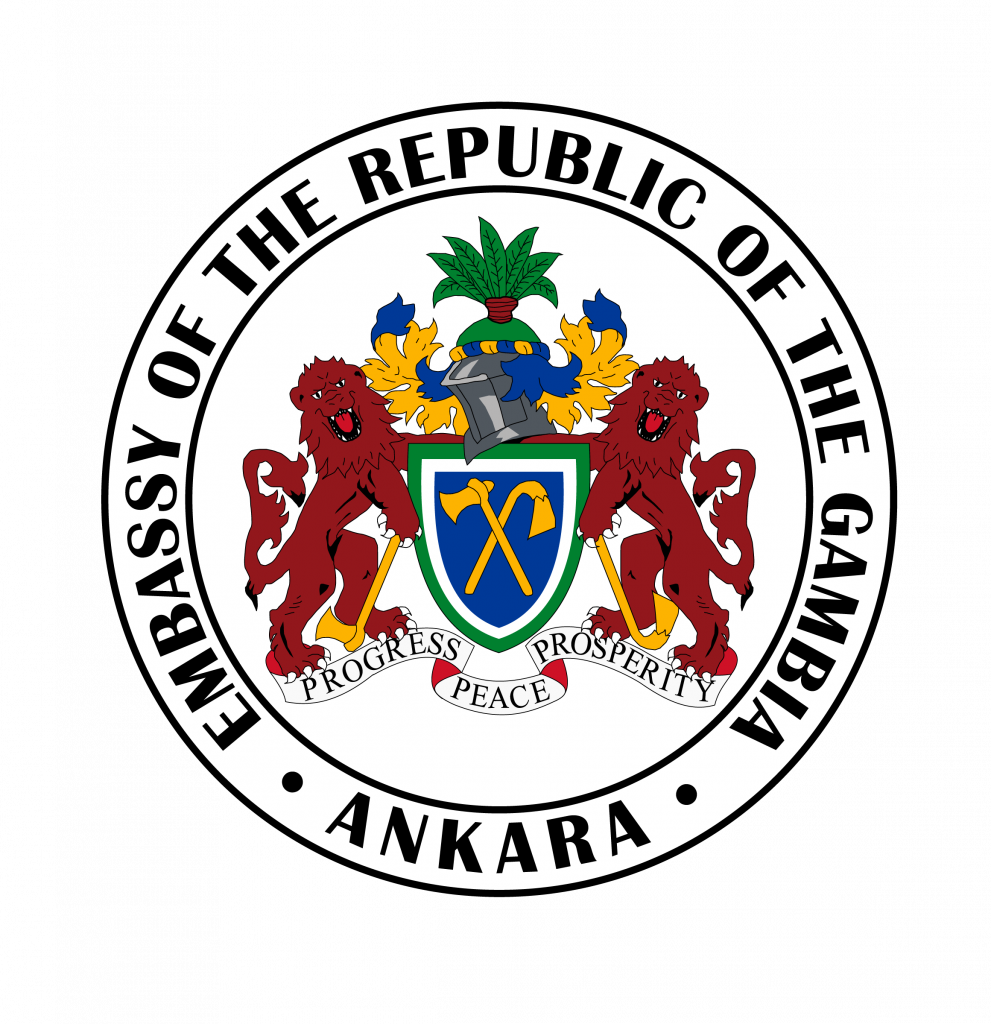
Dalasi (GMD), pronounced da-la-si
The dalasi is the currency of The Gambia that was adopted in 1971. It is subdivided into 100 bututs. It replaced the colonial currecy called “Gambian pound” at a rate of 1 pound = 5 dalasis.
In 1971, coins in denominations of 1, 5, 10, 25 and 50 bututs and 1 dalasi were introduced. The 1 and 5 bututs were struck in bronze while the 10 bututs were brass and the 25, 50 bututs and 1 dalasi were cupro-nickel. The reverse designs of the three higher denominations were taken from the corresponding denominations of the previous currency (1, 2 and 4 shillings), with the reverse designs for the lower three coins coming from the 6, 1 and 3 pence coins, respectively.
As a result of inflation, now bututs coins have completely disappeared from circulation and the minimum monetary unit has become 1 dalasi
Banknotes currently in circulation are 5, 10, 20, 25, 50, 100, and 200 dalasis. 1 dalasi notes were issued between 1971 and 1987.
The exchange rate regime that obtains in The Gambia is a free float regime. The foreign exchange rates between the local currency (the dalasi) and other international currencies are determined by market forces. Foreign exchange transactions can be undertaken at both commercial banks and foreign exchange bureaus around the country. There are also no restrictions on the transfer of funds into and outside of The Gambia as long as it is within the financial system. Commercial Banks are allowed to make foreign exchange available for all transactions without reference to the central Bank.



